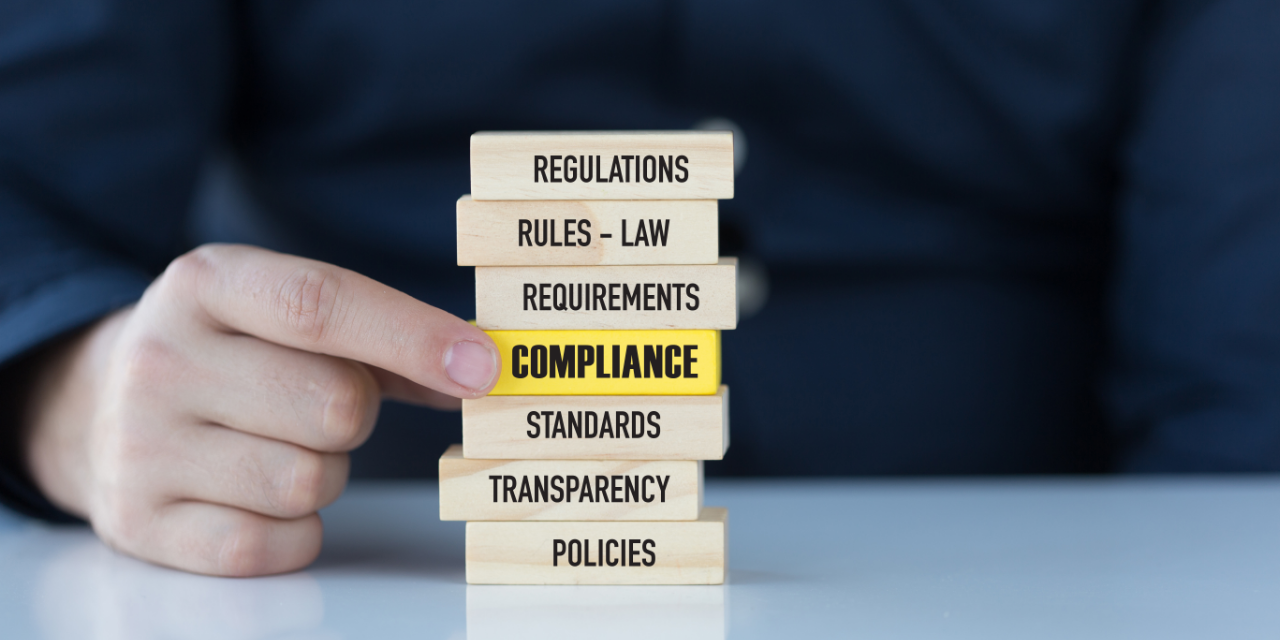In the intricate realm of healthcare, navigating compliance requirements is essential for health plans aiming to succeed amidst evolving regulations. A well-crafted corporate compliance program is not merely a risk-mitigation strategy; it serves as a cornerstone for building a reputable brand, fostering stakeholder trust, and ultimately achieving success.
This blog offers a straightforward checklist, guided by the Seven Fundamental Elements of an Effective Compliance Program, a framework developed by the Health Care Fraud Prevention and Enforcement Action Team (HEAT)1, a joint HHS/DOJ initiative dedicated to safeguarding patient care and preventing healthcare fraud.
Embrace these seven key elements to confidently update or build a robust compliance program and ensure your healthcare organization thrives:
1. Implement Written Policies, Procedures, & Standards of Conduct:
- Clearly define your organization’s commitment to compliance with federal and state regulations.
- Provide employees with guidance and standards of conduct for compliance-related issues.
- Regularly review and update policies and procedures to reflect changes in regulations.
2. Designate Chief Compliance Officer, Corporate Compliance Committee & High-Level Oversight:
- Appoint a Chief Compliance Officer (CCO) who is independent from business operations.
- Establish a Corporate Compliance Committee with senior management and departmental representatives.
- Ensure high-level oversight and commitment to the compliance program.
3. Conduct Effective Training & Education:
- Develop and implement regular training programs for all employees and related entities.
- Cover topics such as compliance, HIPAA, fraud, waste, and abuse prevention.
- Update training materials annually and whenever regulations change.
4. Develop Strong Lines of Communication:
- Foster an open and transparent communication environment.
- Encourage employees to report suspected compliance violations without fear of retaliation.
- Provide multiple channels for reporting, such as hotlines and anonymous reporting systems.
5. Enforce Well-Publicized Disciplinary Standards:
- Clearly define disciplinary actions for non-compliance.
- Apply disciplinary actions consistently and fairly.
- Communicate disciplinary standards to all employees.
6. Conduct Routine Monitoring, Auditing, & Identification of Compliance Risks:
- Conduct regular monitoring and auditing of operational activities.
- Identify and assess potential compliance risks.
- Develop and implement corrective action plans to address identified risks.
7. Create a System for Prompt Response to Compliance Issues:
- Establish a process for investigating reported compliance violations.
- Take appropriate disciplinary action, if necessary.
- Implement corrective action plans to prevent future violations.
Unlock Compliance Confidence with HealthAxis
The journey towards impeccable healthcare compliance is intricate yet imperative. The seven fundamental elements serve as a blueprint for constructing a robust and effective compliance program, vital for any health plan striving to excel in the dynamic healthcare landscape. However, understanding that the path to compliance is complex and continuously evolving, HealthAxis stands as your steadfast ally.
HealthAxis stands out with specialized consulting services tailored to your unique needs. Our experts are dedicated to providing actionable strategies that ensure regulatory adherence and drive operational excellence. Let HealthAxis be your guide to navigating compliance challenges with confidence. Learn how our consulting services can transform your compliance approach into a strategic advantage.
Source:
1. Healthcare Compliance Tips, Office of Inspector General (OIG)







